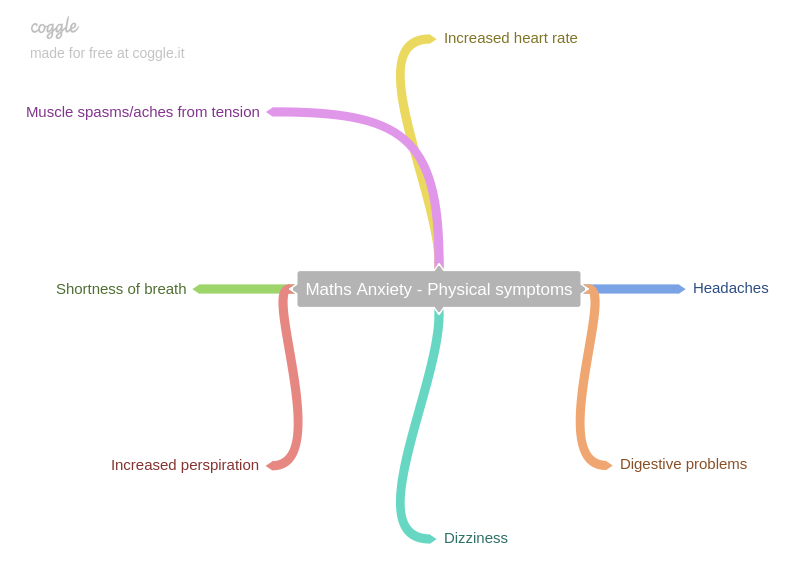The theme of shape has been chosen and this will be explored through song and dance.
This song was selected because it is very upbeat and catchy. Having a strong tempo, with a cheerful tune is important in terms of getting the pupils hooked and maintaining their interest. The different verses will also stimulate interest and will provide an understanding of how shapes are present all around us in many different settings. The song also has a straightforward, repetitive chorus which is perfect for this level as the repetition will make it easier to remember and ultimately will help with consolidating the pupils’ understanding of contrasting shapes. The repetition will also make learning the dance moves easier and quick to pick up. Overall, it is hoped that combining music and movement to help recognition and understanding of shapes will provide an important kinaesthetic way of learning.
Below is the dance that will be taught to the class. 
The shapes that are in the song will be shown to the class before the song/dance is introduced to recap and to help them remember.
This will be taught section by section so that it can be learnt more easily.
| 0 – 22 seconds | Intro – begin on the floor, wake up and get stand up with feet apart ready for the dance to begin. |
| 23 – 30 seconds | Shape chorus actions – draw 2 lines, draw one circle, draw outline of square to the beat, then make a triangle with both hands and raise to the sky. |
| 30 – 38 seconds | Get in a circle and hold hands. Gallop left for 8 counts in a circle then gallop right for 8 counts in a circle. |
| 38 – 46 seconds | Shape chorus actions – draw 2 lines, draw one circle, draw outline of square to the beat, then make a triangle with both hands and raise to the sky. |
| 46 – 60 seconds | Get in a circle and hold hands. Gallop left for 8 counts in a circle then gallop right for 8 counts in a circle. Keep holding hands in a circle – go in for 4 counts, walk back for 4 counts |
| 1 minute – 1.09 | Shape chorus actions – draw 2 lines, draw one circle, draw outline of square to the beat, then make a triangle with both hands and raise to the sky. |
| 1.09 – 1.15 minutes | FREESTYLE – use the space around the hall |
| 1.15 – 1.22 minutes | FREESTYLE – use the space around the hall |
| 1.22 – 1.32 minutes | Shape Chorus actions – draw 2 lines, draw one circle, draw outline of square to the beat, then make a triangle with both hands and raise to the sky. |
| 1.32 – 1.57 minutes | Make shapes with a partner or in groups – changing slowly |
| 1.57 – 2.12 minutes | Shape Chorus actions – draw 2 lines, draw one circle, draw outline of square to the beat, then make a triangle with both hands and raise to the sky. (x2) |
| END | Finish song at 2 minutes 12 seconds |

 building and make full use of it. This central position also reinforces and perhaps symbolizes the importance of reading and research which lies at the heart of university study. Having the library positioned close to the student Union and the Premier is also convenient for students whether they are needing to buy snacks, paper or need a change of scenery for a lunch break.
building and make full use of it. This central position also reinforces and perhaps symbolizes the importance of reading and research which lies at the heart of university study. Having the library positioned close to the student Union and the Premier is also convenient for students whether they are needing to buy snacks, paper or need a change of scenery for a lunch break. with stone and a wood-like material. This ensures that the building blends in well with its surroundings and the neighbouring buildings close by.
with stone and a wood-like material. This ensures that the building blends in well with its surroundings and the neighbouring buildings close by.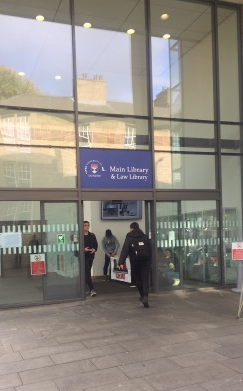

 of the library follow the theme of a rainforest, with a green, pastel yellow and white colour scheme. This is actually my favourite floor as the nature theme creates a feeling of relaxation, peace and tranquillity. As such, it provides a positive atmosphere for students who are trying to study, making this floor fit for its purpose.
of the library follow the theme of a rainforest, with a green, pastel yellow and white colour scheme. This is actually my favourite floor as the nature theme creates a feeling of relaxation, peace and tranquillity. As such, it provides a positive atmosphere for students who are trying to study, making this floor fit for its purpose.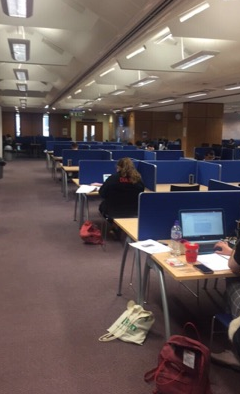 The second floor is the top floor of the library and is a completely silent area to work in. This floor is very basic with single desks spread out. Likewise, the colour scheme is a basic brown and white. Whilst not particularly aesthetically pleasing, it does create a business-like, no-nonsense type of environment where there are no distractions. This is also fit for purpose as it is useful for some students because it helps them to focus on the study task.
The second floor is the top floor of the library and is a completely silent area to work in. This floor is very basic with single desks spread out. Likewise, the colour scheme is a basic brown and white. Whilst not particularly aesthetically pleasing, it does create a business-like, no-nonsense type of environment where there are no distractions. This is also fit for purpose as it is useful for some students because it helps them to focus on the study task. lot of large glass windows. This allows natural light in to keep it bright, giving it a modern, airy feel yet still fitting in well with the rest of the university campus.
lot of large glass windows. This allows natural light in to keep it bright, giving it a modern, airy feel yet still fitting in well with the rest of the university campus.
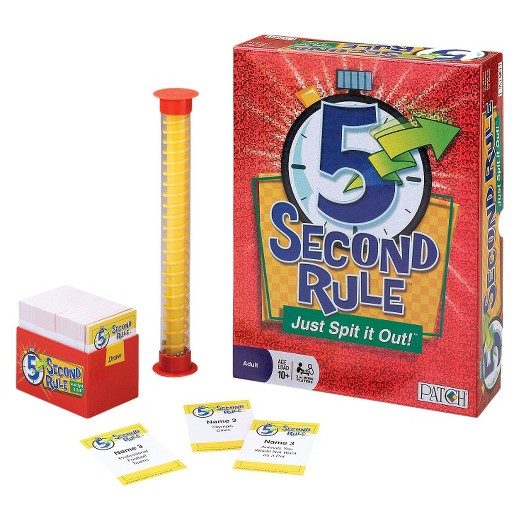 behind the game. On my table we had ‘The 5 Second Rule Mini Game’. This is a quick thinking and fast-talking game which puts the chosen individual under pressure. The question master will ask a question, for example, “Name 3 foods beginning with the letter ‘c’?”. The timer will be turned, and the chosen individual has five seconds to answer the question. This frantic game puts you under pressure and can make your mind go blank with the fast pace and the pressure!
behind the game. On my table we had ‘The 5 Second Rule Mini Game’. This is a quick thinking and fast-talking game which puts the chosen individual under pressure. The question master will ask a question, for example, “Name 3 foods beginning with the letter ‘c’?”. The timer will be turned, and the chosen individual has five seconds to answer the question. This frantic game puts you under pressure and can make your mind go blank with the fast pace and the pressure!

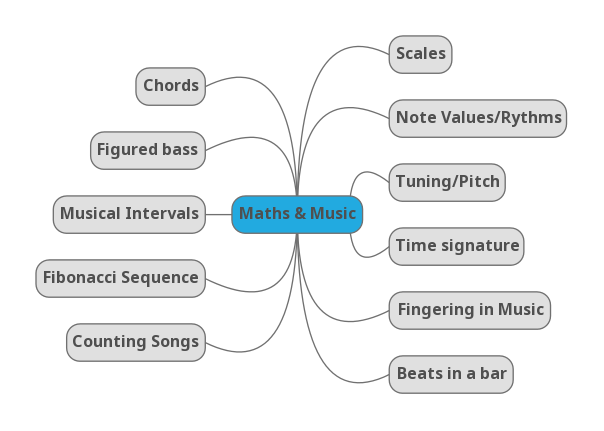




 After doing research I realised the many connections field hockey has to maths. The design of the pitch is in the shape of rectangle which is separated into four sections. There are 3 lines marked across the pitch marking the 25m line, the 50m line (half pitch) and the 75m line. A hockey pitch also consists of two semi circles that make out 180 degrees which is called the “d”.
After doing research I realised the many connections field hockey has to maths. The design of the pitch is in the shape of rectangle which is separated into four sections. There are 3 lines marked across the pitch marking the 25m line, the 50m line (half pitch) and the 75m line. A hockey pitch also consists of two semi circles that make out 180 degrees which is called the “d”.


